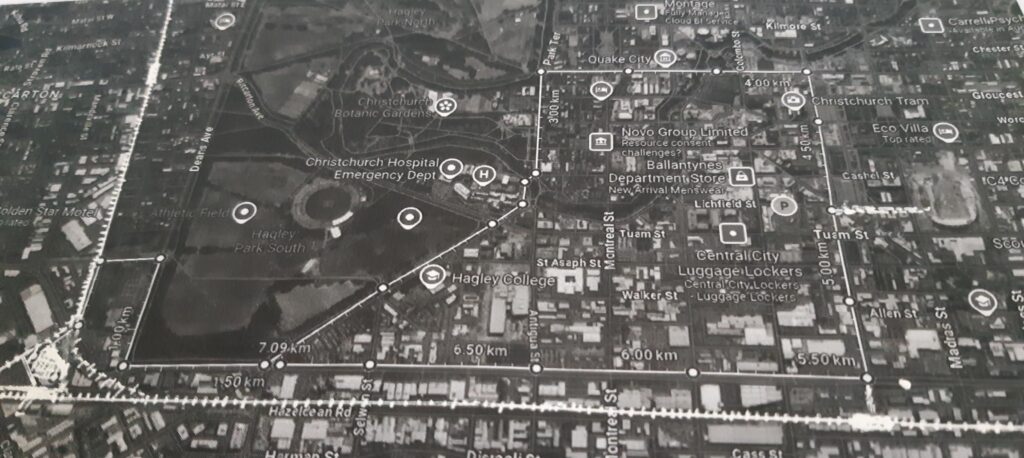This opinion promotes a stepwise solution to an enduring problem. For some time pre earthquakes, free electric shuttle buses plied limited services within the central city. They have never been reinstated, plagued by arguments between the City Council and Regional Council as to how they might be financed.
Those shuttles did not connect with regional rail as there were no scheduled regional rail commuter services. Rail corridor land was relinquished, including the connection curve between the Lyttelton line and the Main North rail line, at Tower Junction when Turners acquired their car sale yards there. Now they are vacating that parcel of land, and the nearby ex animal sale yards are about to be developed for housing.
The current rail station that replaced the Moorhouse Ave edifice was considered by freight oriented thinkers to be sufficient for purposes long term and the few long-haul passenger trains that target tourists.

This article by Professor Emeritus Chris Kissling, Halswell 0211836456
The first step towards a comprehensive and effective linking of city and region involves replacing the electric shuttles with modern trackless trams that can operate on ordinary roads without installing rail or overhead electrification.
I have proposed a circuit as shown in the attached diagram. It avoids the one-way streets and can be operated in both directions. It would serve much of the central city redevelopments with headways that encouraged “turn up and go” travel. It would pass close to the standard bus transfer facility. Trackless trams are not buses but look more like modern commuter trains with side doors. They run on rubber tyres and follow guide markings in the road. These guide lines can be altered and rerouted to avoid roadworks. In short, they are flexible in positioning and can be aligned with platforms for ease of entry and exit.
The second step is to acquire the Turner site at Tower Junction and reinstate the missing short section of rail curve. That will allow passenger and freight rail to move directly between the northern line and Lytteton line without shunting in the rail freight yards.
The third step is to use air rights over the Tower Junction Station to integrate the Turner site with the retail complex opposite. This is a prime site for development, close to Hagley Park but not overbearingly so. Multipurpose activities could be attracted including a gym, food hall, offices, and apartments. Ample space exists including parking for hospital employees who could use the trackless trams between the hospital and the development.
The fourth step is to demonstrate the use of refurbished DMU rail cars for accessing special events at the new Kaha Stadium and even the refurbished Lancaster Park. They could be the precursor for regular commuting services. This demonstration would prove whether the rail signalling system can cope without modification. Overnight parking of the railcars could be accommodated around Sefton in the North, Burnham in the South and Lyttelton to minimise dead running. Passing on the single track sections could be achieved at selected rail stations that have a double track for that purpose.
The fifth step might be extending the trackless trams through Prebbleton to Lincoln. A railroad is not a prerequisite. Another prime route might be to New Brighton using Pages Road.
It is time to have serious discussions, especially as the bus fleet is replaced with new equipment. This proposal should not be a task for Kiwi Rail. If we had a Regional Transport Authority, maybe it would progress the integration however I will not hold my breath.
Leave a Reply